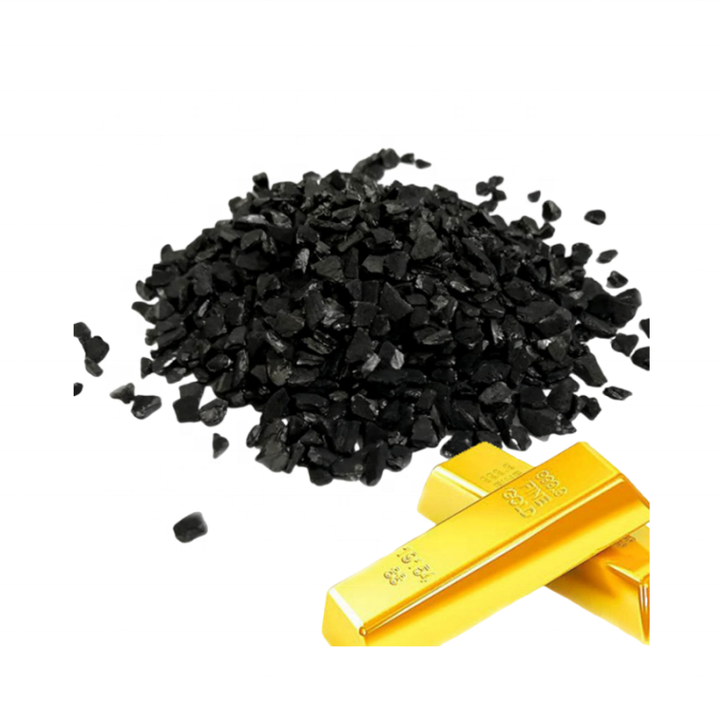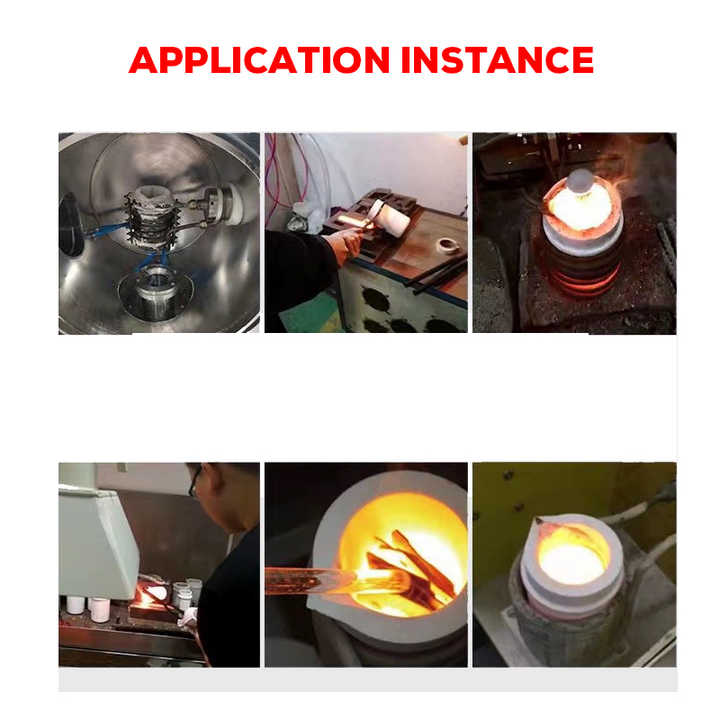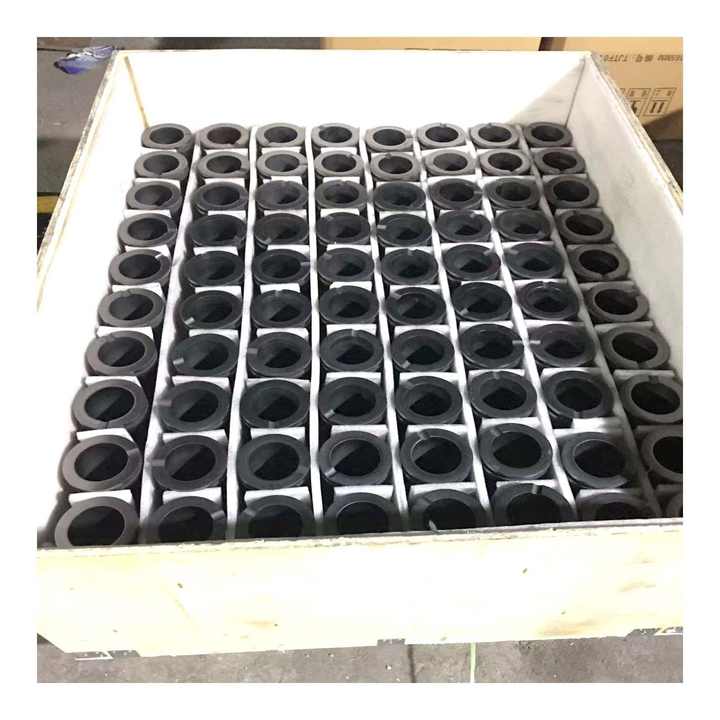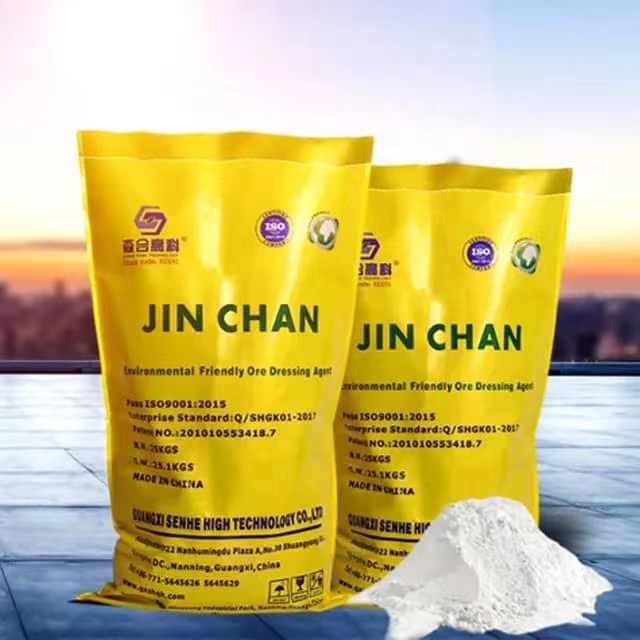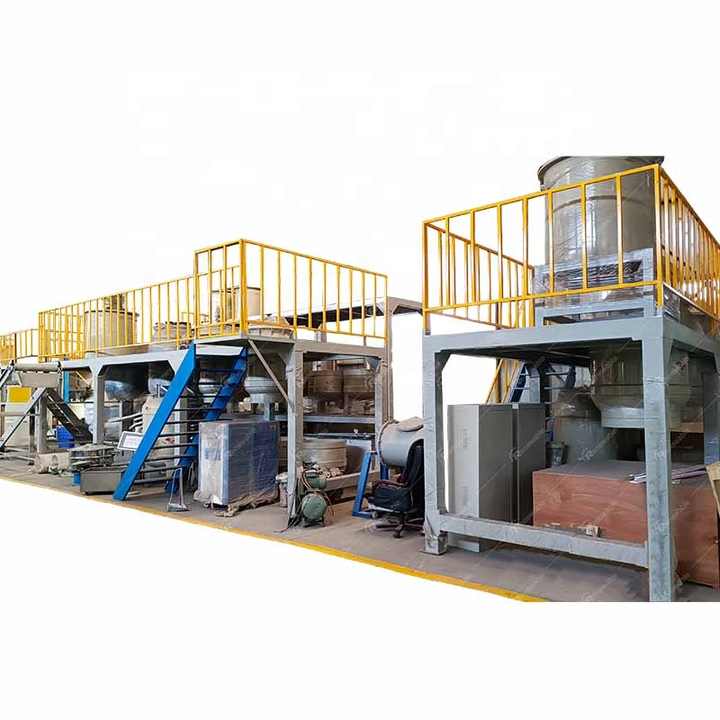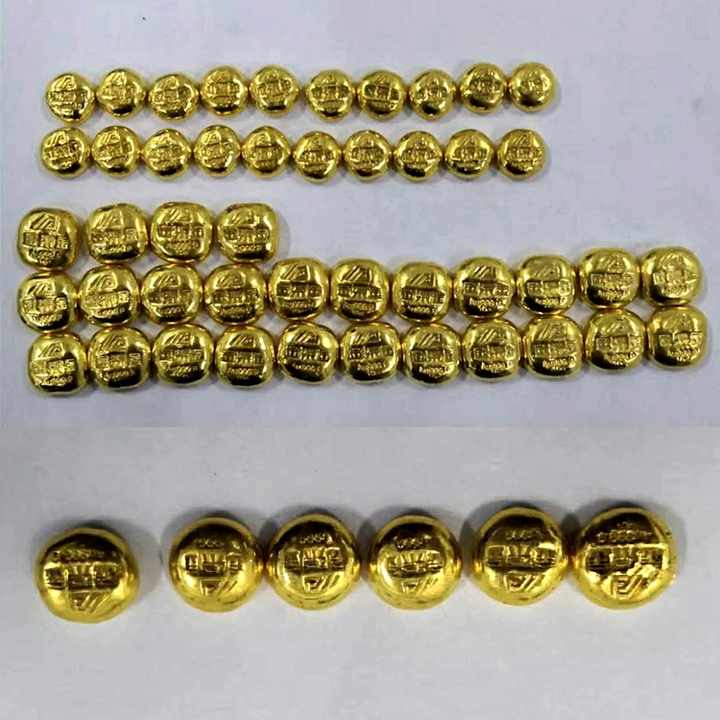gold refining acid
The Role of Acids in Gold Refining From Raw Ore to Pure Bullion
Gold, with its timeless allure and enduring value, remains one of the most sought-after precious metals globally. The journey from raw gold ore to the gleaming bars and coins cherished by investors and artisans alike involves a series of intricate processes, among which the use of gold refining acids is indispensable. This article delves into the critical role that acids play in refining gold, examining the methods and technologies that ensure the purity and integrity of this precious metal.
Introduction to Gold Refining Acids
Gold refining acids are integral to the purification process, enabling the separation of gold from impurities and other metals. The most commonly used acids in gold refining include nitric acid (HNO₃), hydrochloric acid (HCl), and sulfuric acid (H₂SO₄). These acids are often employed individually or in combinations to dissolve gold and other noble metals, allowing for their isolation and subsequent purification.
The Initial Leaching Process
The first step in the gold refining process often involves leaching, a method that utilizes acids to dissolve gold and separate it from the surrounding ore. One of the most effective leaching solutions is a combination of nitric acid and hydrochloric acid, known as aqua regia. This potent mixture is capable of dissolving gold and platinum, which are otherwise resistant to corrosion by individual acids.
Aqua Regia: Dissolving the Indissoluble
Aqua regia is a mixture of nitric acid and hydrochloric acid, typically in a ratio of 1:3. The nitric acid oxidizes the gold, converting it into chloroauric acid (HAuCl₄), while the hydrochloric acid provides chloride ions that stabilize the gold in solution. This process is crucial for dissolving gold that would otherwise be insoluble in either acid alone.
Precipitation and Recovery
Once the gold has been dissolved, the next phase is to precipitate it out of the acidic solution. This can be achieved through various methods, including the addition of a reducing agent such as sodium metabisulfite or iron (II) sulfate, which reacts with the gold ions, causing them to settle out of the solution. The precipitated gold is then collected and washed to remove any residual acids or salts.
Electrowinning: An Alternative Approach
An alternative method for recovering gold from acidic solutions is electrowinning. In this process, the acidic solution containing dissolved gold is passed through an electrolytic cell. A direct current is applied, causing the gold ions to migrate to the cathode, where they are reduced to metallic gold. Electrowinning is favored for its ability to achieve higher purity levels and its environmental benefits over chemical precipitation methods.
Final Refining and Purification
The recovered gold is not yet in its purest form and often contains trace amounts of other metals such as silver, copper, and lead. To achieve the desired purity level, typically 99.99%, the gold undergoes further refining. Electrolytic refining is a popular method, where the impure gold is used as an anode in an electrolyte solution containing gold salts. Pure gold is deposited onto a cathode, leaving impurities behind in the electrolyte or as sludge at the bottom of the cell.
Safety and Environmental Considerations
Handling gold refining acids requires strict adherence to safety protocols due to their corrosive nature and the toxic fumes they can produce. Proper ventilation, protective gear, and containment measures are essential to mitigate risks associated with their use. Moreover, the environmental impact of using these acids is a concern that modern refineries strive to address through the implementation of cleaner technologies and waste management strategies.
The Future of Gold Refining with Acids
As the demand for high-purity gold continues to grow, so too does the need for efficient and sustainable refining methods. Research into optimizing the use of gold refining acids and exploring alternative processes that minimize environmental impact promises to shape the future of gold refining. Innovations in this field not only enhance the quality of the final product but also contribute to a more responsible approach to metallurgy.
The use of gold refining acids is a critical component in the transformation of raw gold ore into the pure bullion that underpins countless applications—from jewelry to electronics. By understanding the complexities and potential of these acids, we gain insight into the intricate balance between tradition and innovation that defines the metallurgical arts.










